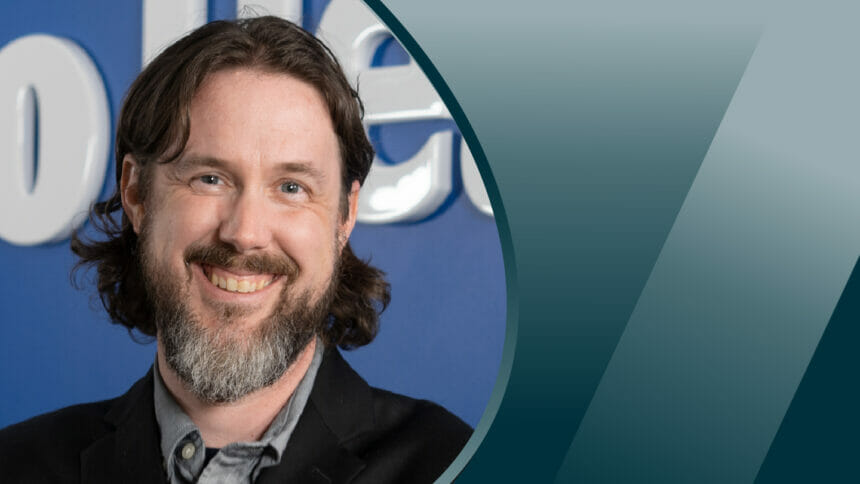
Training for falls management in skilled nursing facilities can follow a formulaic regimen. Typically, employees utilize a computer training program for routine falls education. While this is a fairly common educational format, it does not promote engagement between the presenter and learner.
However, Beth Divelbiss, our director of clinical outcomes, data and education at Kissito Healthcare, saw this as an opportunity to build a falls training that had our leadership teams work together and look at all aspects of a resident’s life.
The goal was to have an engaging all-team approach to know the resident and help identify potential circumstances that could increase the odds of the resident experiencing a fall.
The answer: an escape room.
Yes, we used the popular and growing experience of an escape room for SNF training.
Recently, the chief administrative officers and directors of nursing from each Kissito Healthcare center traveled to our Roanoke, VA-based headquarters for a quarterly meeting. Each leadership team had a break-away session to go into a closed conference room that had been transformed into an escape room.
Upon entering, the leadership team saw Julie Campbell, a Kissito Healthcare Home Office employee, dressed as a resident sitting in a chair in the center of the room. Prior to entering the room, some information on Julie was shared with the attendees — e.g., she was a new admit to the facility, pleasantly confused and in the early stages of dementia. Around the “resident” there were four stations, with two “rooms” per station.
Each room involved a resident story, and a key to understanding the resident’s fall history was revealed if attendees could figure out the puzzle.
For example, to obtain the resident’s current medications, attendees had to open the her medication puzzle box… which took teamwork and thinking about things from a different perspective. Throughout the experience, Julie would interact with attendees, frequently giving them hints to the puzzles within the rooms, but attendees had to pay attention to that interaction to catch small things.
For instance, one station had Julie’s vision status hidden within a word puzzle that required a mirror to read clearly and understand. The mirror was hidden under the tablecloth of the room, and when attendees got to that station, Julie would ask, “Has anyone seen my mirror? I can’t seem to find it.”
“This approach presented a different, more creative and engaging way to teach a common topic,” said Divelbiss. “To teach teamwork as part of the falls management process in the building.”
The teams had to go to each room and work together as a team to figure out the answer to that station’s riddle and figure out the physical challenge before moving to the next room. The average time to complete the training was 20-22 minutes.
“The Escape Room for Falls training was very interactive. In typical falls training, we talk about things that can increase your risk of falls and interventions for those individuals that are at a higher risk for falls. The Escape Room was an excellent way to make the training engaging,” shared Maple Grove Nursing & Rehab Chief Administrative Officer Amanda Dowell. “Not only was it a game, but it was a way to think outside the box. Instead of talking about different scenarios, we were put into the scenario. It was a person-centered training to addressing falls that we can take back to the centers and apply it to our residents.”
Divelbiss shared that her initial goal for the escape room experience — to provide a new, engaging, and memorable spin on training for a familiar topic — was met and hopefully taken back with attendees to their facilities.
“Now when they discuss falls in morning meeting, they remember the Escape Room, the team approach, and hopefully apply that paradigm to the daily care of our residents.”
Brandon Totten has worked in senior care public relations, marketing and communications for more than 16 years at regional skilled nursing facilities in Virginia and West Virginia. His work for SNF communications has been recognized by statewide public relations organizations.
The opinions expressed in McKnight’s Long-Term Care News guest submissions are the author’s and are not necessarily those of McKnight’s Long-Term Care News or its editors.




